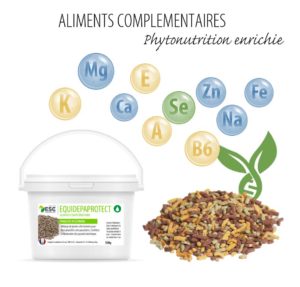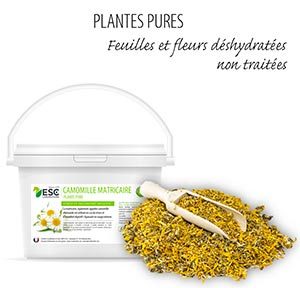The ‘superior' respiratory system of the horse includes nasal noses and cavities, larynx and trachea. Lung capacity is roughly equivalent to that of man (50L capacity) but 1.6 times greater than that of beef. Similarly, whereas the respiratory frequency is comparable to that of man (8-12 movements/minute); the ventilation at rest is 1.5 times higher than that of man.
Its morphology (a very long and narrow trachea) combined with the fact that the horse cannot breathe through the mouth makes it very fragile on the respiratory plane.
Very sensitive to dust, the horse can quickly be subject to cough problems if he lives most of the time in box. Attention, a simple cough phenomenon that is repeated even on a point-by-point basis is not to be taken lightly. In fact, chronically installed, cough can evolve into inflammatory irritation of the so-called deep respiratory tract, otherwise called emphysema.
Viral and/or bacterial causes may also be responsible for respiratory fragility such as pneumonia, influenza, etc. Cornage would be linked to congenital malformation.
These conditions are very often accompanied by breathing difficulties which cause less muscle stress resistance (due to lack of oxygen) but also less recovery capacity.
A diagnostic search from the first symptoms is therefore absolutely necessary. It should be noted that the herbal therapy offers several plants that have demonstrated their effectiveness in order to participate in the hygiene of the respiratory tract (thym, tussilage...) and soothe inflammations (boswellia serrata...).









